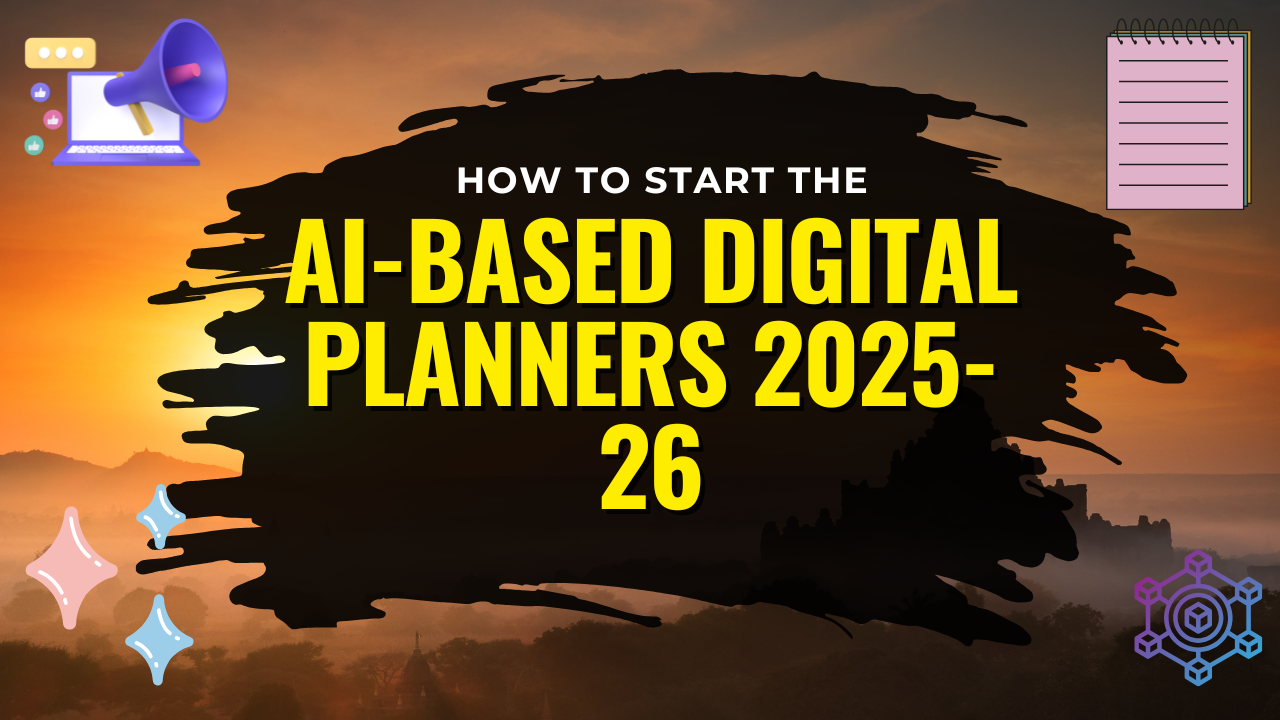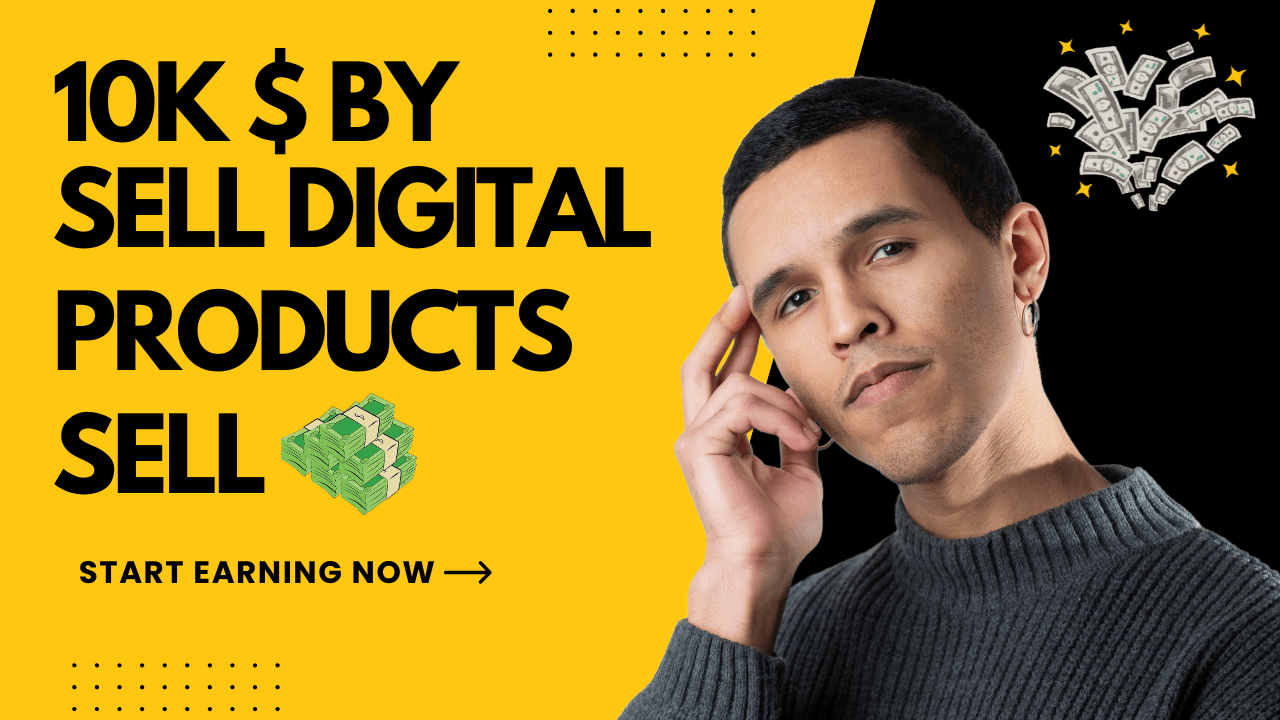
The Easiest Digital Products That Can Make At Least 10k$ a Month
Step by Step Guide
Did you know that selling digital products has become one of the most lucrative ways for beginners to make their first $10,000 online? The key to success lies in the digital product you choose to sell. With over $2 million earned from selling digital products, I have compiled a list of the easiest products to sell today. passive income
Your Digital Goldmine is Waiting (No, Really)
Look, I get it. You’ve seen the YouTube ads and the Instagram reels. The ones with the guy on a beach, laptop open, talking about making $10,000 a month selling “digital products.” And you’re skeptical. I was too. It feels like a scam, right?
But here’s the dirty little secret they don’t tell you: it’s not. It’s just… work. Real, sometimes boring, work. But it’s work that can build something incredible. I’m not on a beach (I hate sand), but I have replaced my old 9-to-5 income by selling digital goods. This isn’t a theory; it’s my actual life. And if I can do it, a complete nerd with zero sales experience, you absolutely can too.
We’re going to cut through the fluff and talk about the real deal: finding digital products to sell that people actually want, creating them without needing a PhD, and getting them out into the world. Let’s dive in.
Digital Products 101: What the Heck Are They, Anyway?
Before we get carried away dreaming of lambos, let’s get basic. What are we even talking about?
Cutting Through The Jargon
In simple terms, a digital product is something you sell that doesn’t have a physical form. You can’t hold it. Your customer buys it online and gets a file, or access to a website. That’s it.
Think:
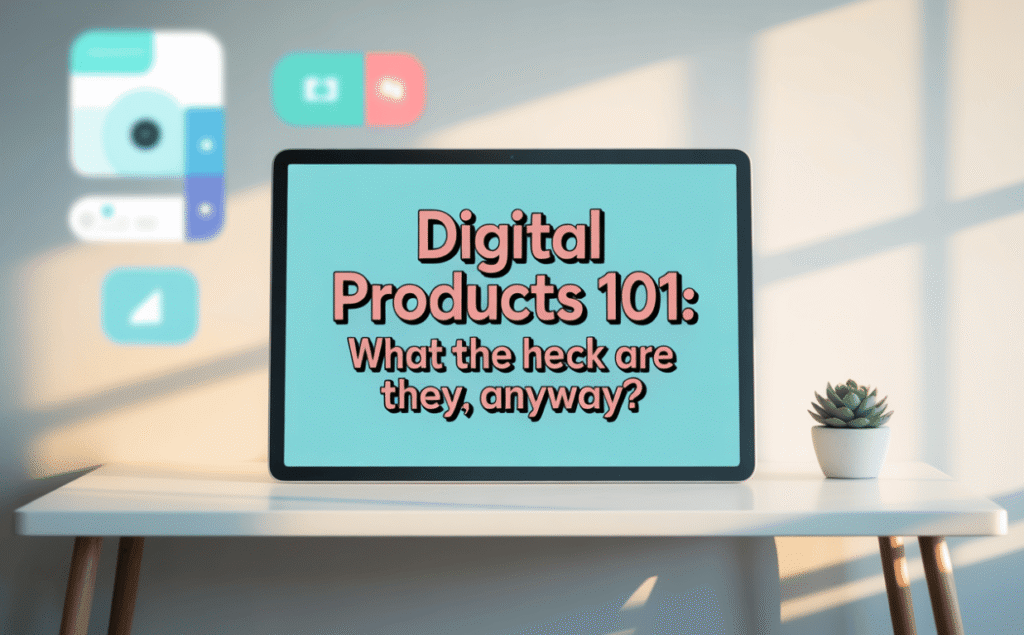
- That eBook on sourdough baking you bought last year.
- The set of fancy resume templates your friend used to land her new job.
- The online video course that taught you how to use Excel without wanting to throw your computer.
- Those cute digital planners everyone’s using on their iPads.
These are all prime examples of digital products to sell. They’re just information or design, packaged up to solve a specific problem. It’s not magic. It’s just value, delivered digitally.
Why This is The Best Side Hustle Going
Okay, so why choose this over driving for Uber or selling old clothes on Poshmark? The benefits are, frankly, ridiculous.
- The Margins Are Stupid Good. This is the big one. Once you’ve made a digital product, the cost to duplicate it is zero. Zip. Nada. Sell one copy for $20 or a thousand copies for $20,000 – your costs don’t change. The profit margin is essentially 100%. Try that with a physical product.
- It’s The Closest Thing to Passive Income. Let’s be real, nothing is truly passive. But this is close. I once sold 87 copies of a Canva template pack while I was on a hiking trip with no service. The system just… ran itself. That’s the power of creating digital products for passive income.
- It Scales Like Crazy. There’s no warehouse you need to rent, no shipping labels you need to print. One person can manage a million-dollar business. The systems automate everything.
- Location Independence is a Game-Changer. I’m writing this from my local library. Last week it was a coffee shop. As long as I have my laptop and Wi-Fi, I’m in business. This is the ultimate freedom for selling digital products from home or anywhere else.
Forget The Hype: Here’s What’s Actually Selling in 2025
Everyone talks about “digital products” like it’s one thing. It’s not. Here’s a breakdown of what’s working right now, based on what I’m seeing in the forums and my own sales data.
Cash in on the Creator Economy
If you have any design sense at all, you can eat well here. Small businesses are desperate for good design but can’t afford a full-time designer.
- Canva Templates: This is my top pick for beginners. I know someone who makes five figures a year just selling media kit templates to influencers. The key? Solve one specific, annoying problem. Is using Canva to make digital products to sell legal? Yes, just use Canva Pro elements correctly.
- Procreate Brushes: The lettering and pro-artist community on Instagram is massive. They’re always hunting for new, unique brushes to create different effects.
- Fonts & Logos: This is a higher-skill game, but if you’ve got the chops, a single, beautiful font family can sell for hundreds.
Sell Your Smarts (People Will Buy It!)
You know more than you think. I promise. The key is to package it.
- Online Courses: Don’t be intimidated. Your course doesn’t need to be 50 hours long. It can be a 90-minute “mini-course” on something hyper-specific, like “How to Get Your First 1,000 TikTok Followers as a Gardener.”
- eBooks: The classic for a reason. A well-researched, 50-page eBook on a topic you know inside and out is a fantastic starting point.
- Printables: This is the quiet giant on Etsy. PDF planners, budget trackers, meal prep sheets… things that make people’s lives just a little more organized. They are some of the easiest digital products to sell because the demand is constant.
Don’t Sleep on Niche & Seasonal Stuff
Instead of competing with everyone, serve a tiny, passionate audience.
- AI Digital Products: This is the new frontier. I’m seeing people sell bundles of proven ChatGPT prompts for marketers, or Midjourney style guides for architects. Getting in early on AI digital products to sell is a very smart move.
- Seasonal Products: Create it once, sell it every year. Think Christmas card templates, Halloween party invitation kits, or Valentine’s Day social media graphics. It’s the gift that keeps on giving.
Just Starting Out? Keep It Stupid Simple
If you’re feeling overwhelmed, start here. Low time investment, fast results.
- Digital Stickers for GoodNotes or Procreate.
- Simple Resume Templates in a Google Doc or Word format.
- Social Media Template Kits for a single platform, like a set of 10 LinkedIn post templates.
From Zero to Your First Sale: A Real-World Blueprint
Enough theory. Let’s talk about how you actually go from a blank screen to your first “cha-ching” notification.
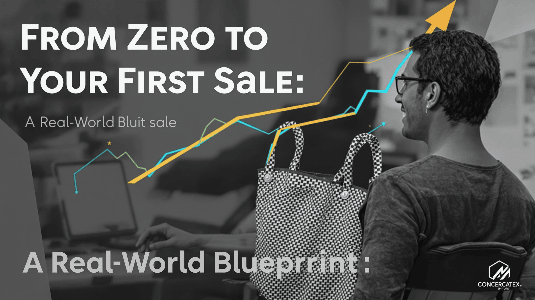
Stop Guessing What to Sell (Do This Instead)
Your first idea is probably bad. Mine was. The key is validation. Don’t build a thing until you know people want it.
- Hang Out Where Your Customers Do. Go on Reddit. Search for
digital products to sell redditand see what real people are complaining about. What problems do they have? What are they asking for? This is market research gold. - Answer a Question. Think of the last time you Googled “how to…” something. That’s a potential product idea. Your product is the ultimate answer to that question.
- Check the Data. Those keyword lists you have? Look for the ones with high bids. A high bid means businesses think that customer is valuable. That’s a strong signal.
Your Digital Toolkit Doesn’t Need to Cost a Fortune
You can start for almost nothing.
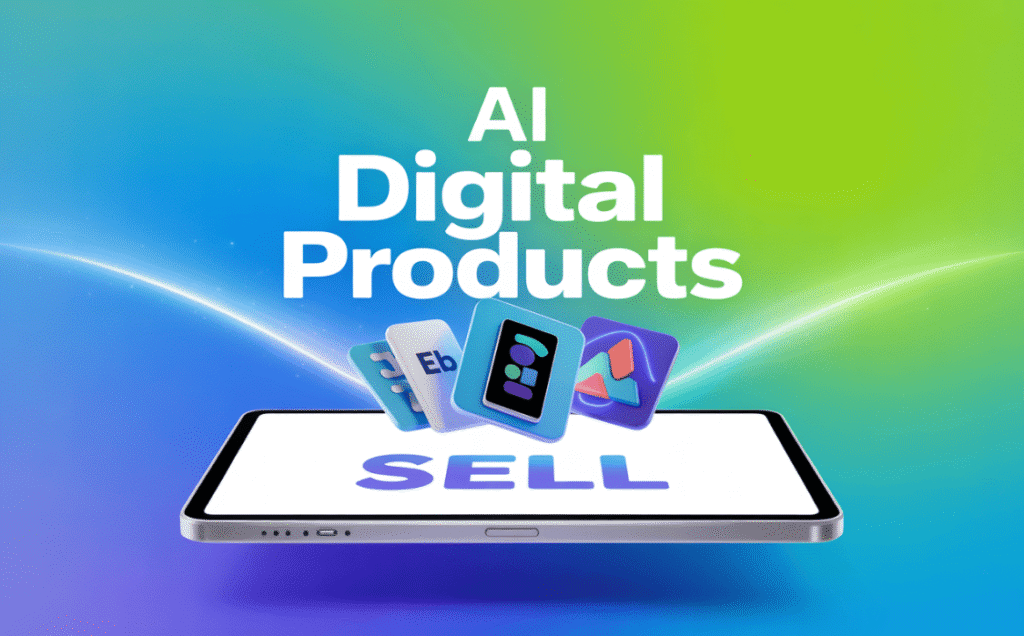
- Design: Canva Pro ($12.95/month) is your best friend. For more advanced work, look at Affinity Designer (a one-time $70 fee instead of Adobe’s monthly ransom).
- Writing: Google Docs is free. Grammarly for proofreading.
- Course Hosting: Start with a simple PDF from Gumroad before you invest in Teachable or Kajabi.
Building Your Product Without Losing Your Mind
Perfectionism is the enemy of progress.
- Set a Timer. Give yourself 3 hours to create a first draft. No more. This forces you to action.
- Create the MVP. The Minimum Viable Product. What’s the absolute core thing your customer needs? Build that first. You can always add bonuses later.
- Package it Pretty. Spend an hour making a nice cover graphic or a mockup. Presentation matters. A lot.
Picking Your Digital Storefront
Where will you sell? We’ll dive deeper, but for now, just pick one.
- Etsy if you’re in a creative niche.
- Gumroad for almost everything else.
- Your own website (with Shopify or WooCommerce) when you’re serious about branding.
Just pick one and list your product. Done is better than perfect.
Platform Showdown: Where The Heck Do You Actually Sell This Stuff?
This is where people get stuck. So let’s break down the main players, warts and all.
Etsy: The Crowded (But Lucrative) Craft Fair
- The Vibe: Imagine a massive, global craft fair. Millions of buyers are already there, credit card in hand, searching for unique, often cute or quirky stuff. It’s fantastic for digital products to sell on Etsy like printables, art, and templates.
- The Reality Check: It’s crowded. You’ll be one of thousands. And the fees? They add up. Listing fee, transaction fee, payment processing fee… it’s a lot. But for the built-in traffic, it’s often worth it, especially when you’re starting out. So, is Etsy a good place to sell digital products? For your first few products, 100% yes.
Gumroad: The Indie Creator’s Best Kept Secret
- The Vibe: Simple, clean, and powerful. You can set up a product in 10 minutes. It handles everything—payments, delivery, even affiliate programs. I love it. Learning how to sell digital products on Gumroad was the best thing I did for my business.
- The Reality Check: There is no built-in marketplace. No one is browsing Gumroad for fun. You have to drive every single customer to your product yourself. This is a pro and a con—you own the relationship, but you have to do the marketing.
Shopify: For When You’re Ready to Build Your Own Empire
- The Vibe: This is your own piece of digital real estate. You build the whole store, you control the brand, the email list, everything. It’s for when you’re serious.
- The Reality Check: It’s more expensive (monthly fee + transaction fees unless you use Shopify Payments) and more technical. You’re responsible for everything, including driving traffic. It’s a real business, not just a listing.
The Others: Amazon, Selar, and The Rest
- Amazon KDP: Great for eBooks and low-content journals (planners, notebooks). It’s Amazon, so the traffic is insane, but you are a tiny, tiny fish.
- Selar: This is a fantastic, Gumroad-like platform that’s become very popular in Africa and other regions. If your audience is there, check it out.
The “Build It and They Will Come” Myth is a Lie
This is the part they don’t put in the sexy YouTube thumbnails. Marketing. If you don’t tell people about your product, it will sit there and gather digital dust. Here’s how to get it seen.
Become a Visual Magnet on Pinterest & Instagram
Pinterest isn’t social media; it’s a visual search engine. Create a beautiful pin for your product and link it directly to your sales page. Show a “before and after.” On Instagram, use Reels to show a quick tip from your eBook or a time-lapse of you creating a template.
Why Giving Away Free Stuff is Your Best Marketing
Create free content that relates to your paid product. It’s called a “lead magnet.”
- Selling a budgeting spreadsheet? Write a blog post on “5 Common Budgeting Mistakes.”
- Selling a course on watercolor painting? Make a YouTube video on “The 3 Brushes Every Beginner Needs.”
You provide value for free, build trust, and then offer your paid product as the logical next step. This is how you sell your digital products online without being sleazy.
Get Other People to Sell For You (Seriously)
Set up an affiliate program. Let other people promote your product and give them a cut (say, 20-30%) of every sale they refer. It turns your customers and peers into a sales army. This is a powerhouse strategy for digital products and affiliate marketing.
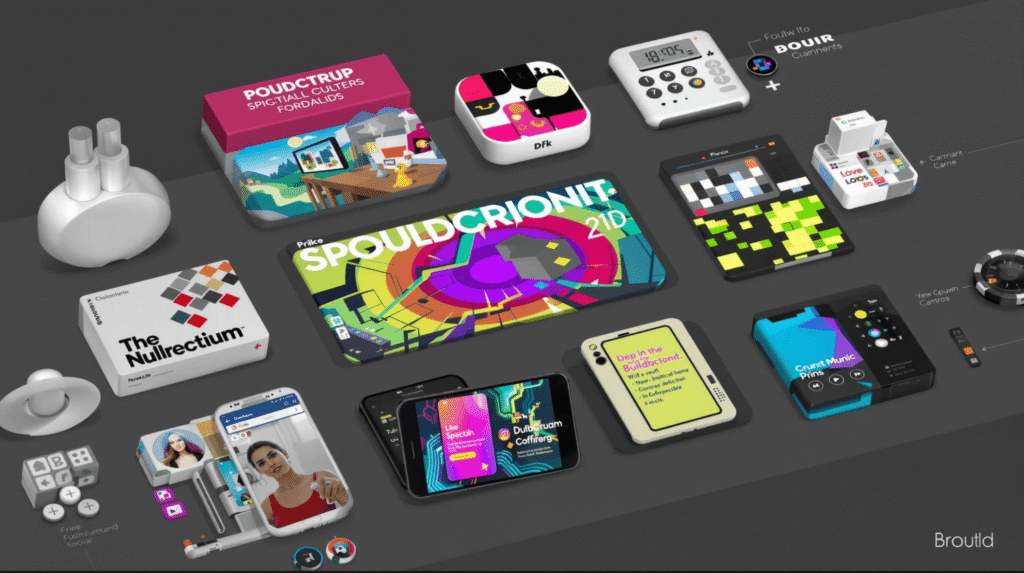
Embrace the Chaos of TikTok
TikTok is pure, beautiful chaos. You don’t need to dance. Just show up and be useful. Film a quick screen recording showing how your template works. Do a before-and-after of a design using your asset. Be authentic. It works.
Your Burning Questions, Answered Honestly
Let’s get to the nitty-gritty.
What actually makes money?
Anything that solves a painful, expensive problem. A $500 course that teaches a skill that can get someone a $10,000 raise is an easy sell. A $15 template that saves a small business owner 10 hours a month is a no-brainer. Profitability isn’t about the type of product, it’s about the value it provides.
LLCs, Taxes, and Legal Stuff (Ugh.)
- Do you need an LLC? When you’re just starting, no. You can operate as a sole proprietor. But the moment you start making real, consistent money (think a few hundred a month), get one. It protects your personal assets if you ever get sued. It’s a few hundred bucks for peace of mind.
- Business License? Depends on your local city/county laws. Google is your friend here.
- Taxes: Yes, you have to pay them. Track your income and expenses. I use a simple spreadsheet. At tax time, I hand it to my accountant.
Can I just resell other people’s stuff?
Not unless you have the rights. You can’t just take an eBook from the internet and sell it as your own—that’s piracy. You can buy PLR (Private Label Rights) digital products, but the good ones require you to actually modify and improve them to make them your own. It’s often less work to just create your own original thing.
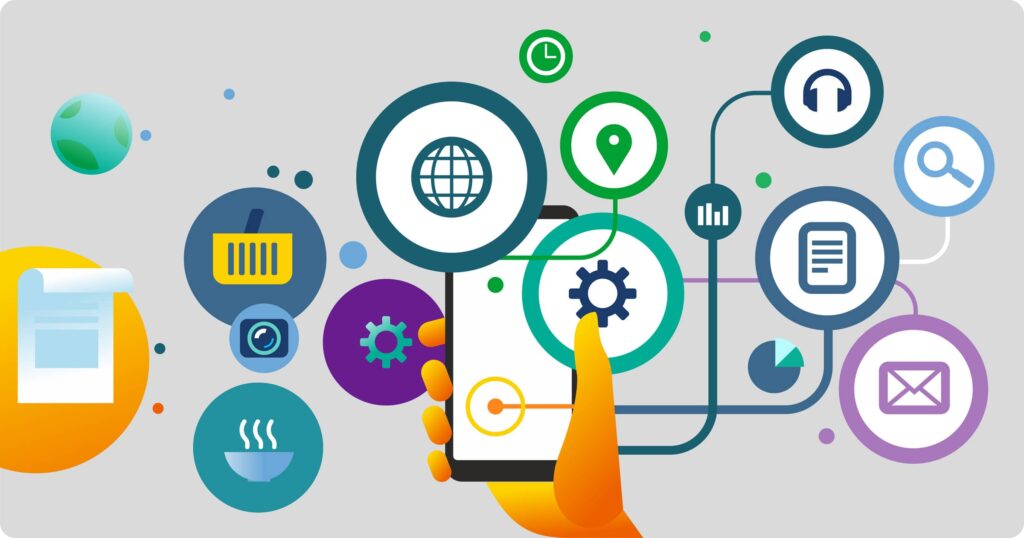
Is this actually profitable or just a fantasy?
It is 100% profitable if you treat it like a real business. That means creating a good product and doing the unsexy work of marketing it. It’s not a lottery ticket. It’s a grind. But it’s a grind that can build genuine wealth and freedom.
So… what’s the real income potential?
I know people making $100 a month for fun money. I know others clearing $30,000 a month. I’m somewhere in the middle. Your income is a direct function of your product’s value and your marketing efforts. Your first goal is not to make $10,000. It’s to make $1. Then $10. Then $100. Celebrate the small wins.
Wrapping Up: Your Move
So, there you have it. No fluff, no false promises. Just a straight-talking guide to getting started. The biggest mistake you can make right now is overthinking it.
Your mission, should you choose to accept it, is simple:
- Pick one simple idea from section 3.
- Spend one weekend creating a rough draft.
- List it on one platform from section 5.
That’s it. You don’t need a perfect website, a huge Instagram following, or a business degree. You just need to start. The rest you’ll figure out along the way.
So, what’s your first digital product going to be?
Conclusion:
You’ve made it to the end. You now have a blueprint for finding, creating, and selling digital products. You know the best digital products to sell in 2025, you understand how to create digital products to sell on Canva and other tools, and you have a list of platforms to get started on. The biggest hurdle now is taking that first step. Don’t get lost in perfectionism. Choose one idea from this list—maybe an easy digital product to sell like a Canva template or a simple printable. Create it, put it up for sale on Gumroad or Etsy, and tell one person about it. Then tell ten more. Your digital empire is waiting to be built, one product at a time. What are you going to create first?
Related Articles
https://earnaidesk.com/faceless-video-monetization-strategy/
https://earnaidesk.com/make-money-using-ai-proven-strategies-for-2025/
MUST WATCH PRACTICAL

